Changing Planet: Bark Beetle Outbreaks
Bark beetles are native to North America. They are about the size of a grain of rice. They've always been an important part of the forest ecosystem, and despite their size, they work aggressively together to eliminate weakened trees, so new, more vigorous trees can grow in their place.
Currently, there is a major outbreak of bark beetles in the southeastern U.S. (mainly the Southern pine beetle Dendroctonus frontalis) and the western U.S. and Canada (mainly the mountain pine beetle Dendroctonus ponderosae). The mountain pine beetle alone has been charged with killing about 47 million hectares of trees! Though bark beetles live in other places like Europe, Asia and Africa, and there have been bark beetle outbreaks before, the U.S. is experiencing an unprecedented outbreak level. Some scientists worry that the trees of the U.S. won't be able to recover from this epidemic. Others see this outbreak as a natural ecological development that needs no human intervention because it will right itself. Find out more for yourself by exploring the Bark Beetle video and classroom activity.
Click on the video at the left to watch the NBC Learn video - Changing Planet: Bark Beetle Outbreaks.
Lesson plan: Changing Planet: Bark Beetle Outbreaks
You might also be interested in:
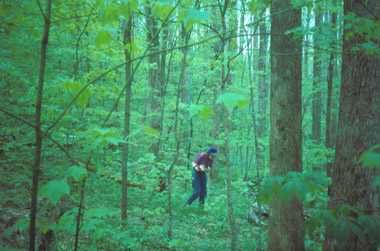
The temperate forest biome is found in regions where there is large difference in temperature between winter and summer. Regions with this climate are generally found in the mid-latitudes, far from both
...more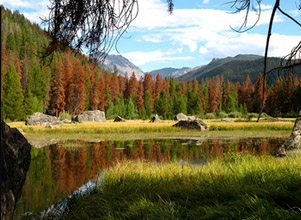
Pine bark beetles appear to be doing more than killing large swaths of forests in the Rocky Mountains. Scientists suspect they are also altering local weather patterns and air quality. A new international
...more
Many educators are now finding opportunities to teach about Earth's climate and climate change in their classrooms. Windows to the Universe provides an interlinked learning ecosystem to a wealth of resources
...more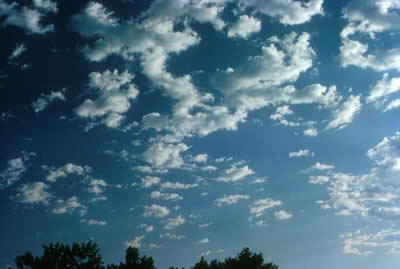
Altocumulus clouds (weather symbol - Ac), are made primarily of liquid water and have a thickness of 1 km. They are part of the Middle Cloud group (2000-7000m up). They are grayish-white with one part
...more
Altostratus clouds (weather symbol - As) consist of water and some ice crystals. They belong to the Middle Cloud group (2000-7000m up). An altostratus cloud usually covers the whole sky and has a gray
...more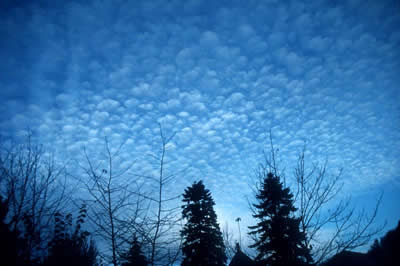
Cirrocumulus clouds (weather symbol - Cc) are composed primarily of ice crystals and belong to the High Cloud group (5000-13000m). They are small rounded puffs that usually appear in long rows. Cirrocumulus
...more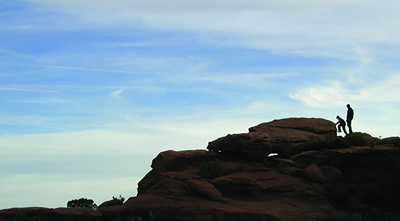
Cirrostratus (weather symbol - Cs) clouds consist almost entirely of ice crystals and belong to the High Cloud (5000-13000m) group. They are sheetlike thin clouds that usually cover the entire sky. The
...more














